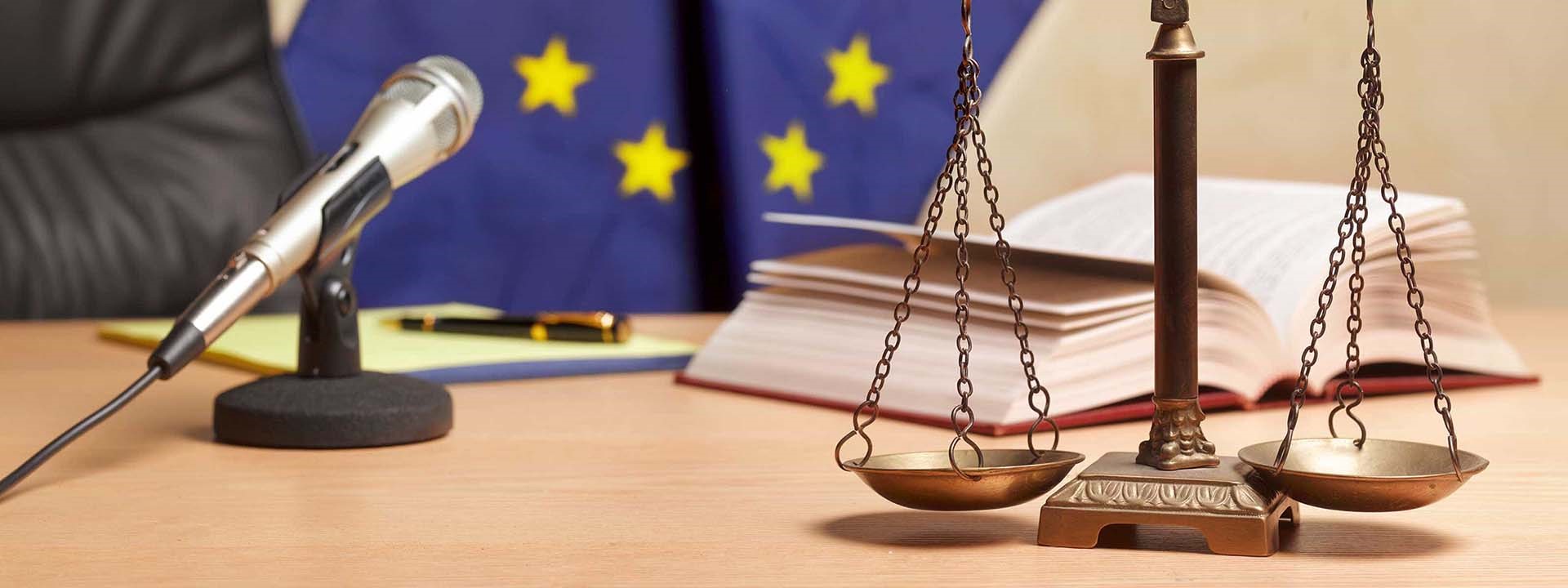Regulation (EU) No. 1257/2013 of the European Parliament and of the Council of 20 November 2013 on Ship Recycling (commonly known as EU SRR), entered into force on 30 December 2013 and commenced application on 31 December 2018
The requirements of this regulation have so far concerned only new build EU/EEA flagged vessels and EU/EEA flagged vessels being recycled.
As the scope of the regulation will expand substantially from 31 December 2020, it is considered a good opportunity to recap on some of the new requirements of the regulation.
What is Changing?
From 31 December 2020, all vessels1 of 500GT and over, regardless of flag, must have a valid and certified inventory of hazardous materials (IHM) on board when calling at any EU port or anchorage.
- For EU/EEA flagged vessels this means having an up to date IHM along with a ship-specific ‘Inventory Certificate’ issued by their flag state or a recognised organisation (RO) of the flag state.
- For non-EU/EEA flagged vessels this means having an up to date IHM along with a ship-specific ‘Statement of Compliance’ issued by their flag state or a recognised organisation (RO) of the flag state.
Failure to do so, may result in detention, delay or penalties.
Attention is drawn to British Marine’s terms and conditions; where it is a condition precedent to liability, that an insured vessel must maintain all required certification.
The IHM consists of three parts; I) Hazardous materials contained in ship structure or equipment II) Operational generated wastes and III) Stores.
IHM Part I
Part I is prepared either during a new ship’s construction, or whilst the ship is in operation. It is a live document and must be maintained until the end of the ship’s life.
This part of the inventory should record if any of the specific hazardous materials that are listed in annexes I and II of the regulation2 are present on the vessel.
The exact process of validating the IHM must be confirmed with each individual flag state and/or the Recognised Organisation of that flag state. The European Maritime Safety Agency (EMSA) have produced guidance3 on the process of creating an IHM that will fulfil the requirements of the EU SRR.
A typical process of achieving validation is;
1) A hazardous materials expert, recognised by the flag state or RO, is employed to prepare the IHM part I. This usually includes a desktop survey of the vessel to gather information on the materials on board. This is followed by an inspection with physical sampling of suspect materials, laboratory analysis of the samples obtained and finally submission to the flag state and/or RO of the completed IHM Part I and IHM inspection report.
2) Representatives of the flag state/RO would then examine and if acceptable approve the IHM and inspection report. This would be followed by attendance on board to conduct an initial survey, examining the IHM part I against the as-found condition on board the vessel.
3) After satisfactory completion of the initial survey, the IHM Inventory Certificate or Statement of Compliance will be issued.
It is estimated that the process of obtaining a validated and certified IHM can take at least three months.
It is recommended that all works are completed as soon as practicable to avoid the possibility of insufficient resources being available to complete all the necessary steps.
IHM Part II and III
Parts II and III are to be completed only at the time a vessel is preparing for recycling.
This is part of obtaining a ‘Ready for Recycling Certificate’ that has been mandatory for EU/EEA flagged vessels since 31 December 2018.
EU SRR v HKC4
If a vessel already has an IHM in compliance with the HKC, this does not meet the requirements of the EU SRR. As such, vessels who are in this situation, must consult their individual flag state for the correct process to obtain the necessary EU SRR certification.
Notes
- Does not apply to warships, naval auxiliaries, non-commercial government ships or ships that operate throughout their life only in national waters.
- Regulation (EU) No. 1257/2013 of the European Parliament and of the Council of 20 November 2013 on Ship Recycling – this can be found here https://eur-lex.europa.eu/eli/reg/2013/1257/oj
- Guidance on the inventory of hazardous materials – this can be found here http://www.emsa.europa.eu/publications/guidelines-manuals-and-inventories/item/3003-emsa-guidance-on-the-inventory-of-hazardous-materials.html
- Hong Kong International Convention for the Safe and Environmentally Sound Recycling of Ships, 2009
Your contact
Your contact

Matthew Ginman
Senior Underwriter: Caribbean, East and Southeast Asia, Greece, Latin America
matthew.ginman@britishmarine.com

